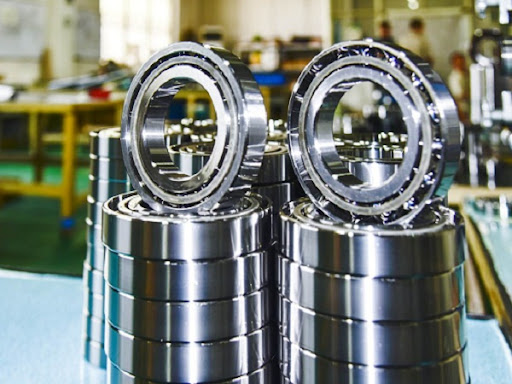Newsroom
How to clean rolling bearings
2018-07-21New bearings are often protected with grease primarily for rust prevention rather than lubrication. Therefore, thorough cleaning is necessary before installation.

- Cleaning Methods:
For bearings preserved with anti-rust oil: Use gasoline or kerosene for cleaning, like tapered roller bearing, and cylindrical roller bearing.
For bearings preserved with heavy grease or anti-rust grease (e.g., industrial vaseline): Pre-clean using 10# machine oil or transformer oil heated to dissolve the grease (temperature not exceeding 100°C). Immerse the bearing in the heated oil until the grease melts, then remove, cool, and clean with gasoline or kerosene, like sealed deep groove ball bearing and sealed angular contact ball bearing.
For bearings preserved with vapor-phase agents, anti-rust water, or water-soluble anti-rust materials: Use soap-based cleaning agents like 664, 6503, or 6501.
- Manual Cleaning Steps:
- Hold the inner ring of the bearing with one hand and slowly rotate the outer ring with the other hand while cleaning with gasoline or kerosene. Continue until all grease and contaminants are removed from the rolling elements, raceways, and cage.
- Clean the outer surface of the outer ring after internal cleaning.
- Avoid excessive force during rotation to prevent damaging the rolling elements and raceways.
- For large-scale cleaning tasks, divide the process into coarse cleaning (removing major contaminants) and fine cleaning (thorough cleaning of all parts) to conserve cleaning agents and improve cleaning quality.
- For Non-Detachable Bearings:
Use hot machine oil (90°C–100°C) to flush the bearing. The heat will dissolve the old grease. Use a small hook or spoon to remove residues, then rinse with kerosene and gasoline in sequence for thorough cleaning.
- Quality Inspection of Cleaning:
- After cleaning, visually inspect the bearing for residual grease in the raceways, rolling elements, or cage gaps.
- Use a clean feeler gauge to scrape out any remaining grease and rub it between your fingers. If you hear a gritty sound, the bearing requires further cleaning.
- Test by holding the inner ring, rotating the outer ring horizontally, and checking for smooth, unrestricted, and wobble-free movement.
- Post-Cleaning Storage:
- After applying lubricants, place the cleaned bearings on a clean assembly table lined with cloth or paper. Cover them with plastic sheets.
- Avoid placing bearings directly on the ground or in boxes.
- Handle bearings with clean gloves or cloth to prevent sweat or moisture from causing rust.
- Exception: Bearings with dust covers or seals, and those coated with rust-preventive and lubricant combination grease (e.g., bearings for specific agricultural machinery), do not require pre-installation cleaning.
- Cleaning of Shafts, Bearing Housing Holes, and Other Parts
Clean these components with gasoline or kerosene, then wipe dry with a clean cloth. Apply a light layer of oil to facilitate assembly.
Points to Note:
- Ensure all casting residues (e.g., sand) are thoroughly removed.
- Remove burrs and sharp edges from parts that mate with the bearing to prevent debris from contaminating the bearing during installation.
For more info, feel free to contact QIBR.


